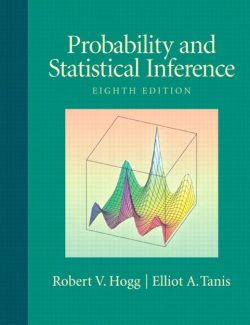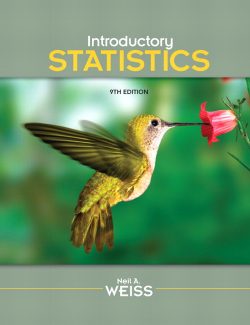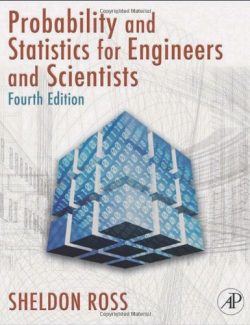Description
Elementary Statistics raises the bar with every edition by incorporating an unprecedented amount of real and interesting data that will help instructors connect with students today; and help them connect statistics to their daily lives. The Twelfth Edition contains more than 1;800 exercises; 89% of which use real data and 85% of which are new. Hundreds of examples are included; 91% of which use real data and 84% of which are new. New coverage of Ethics in Statistics highlights new guidelines that have been established in industry.
View more













Leave us a comment
No Comments